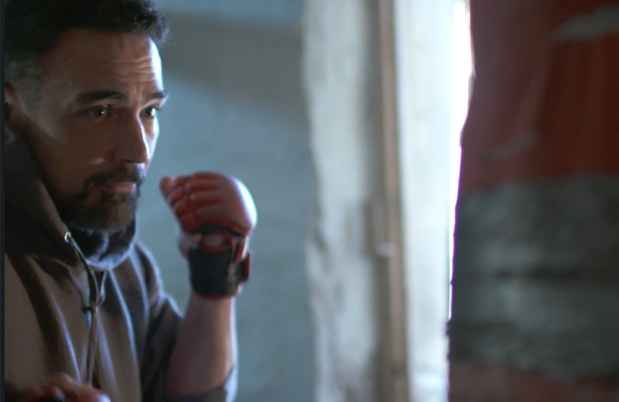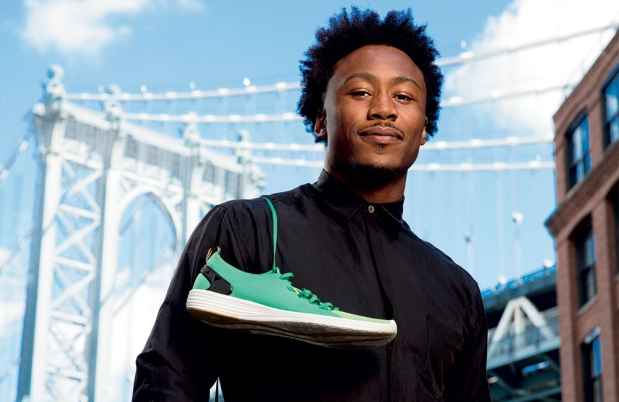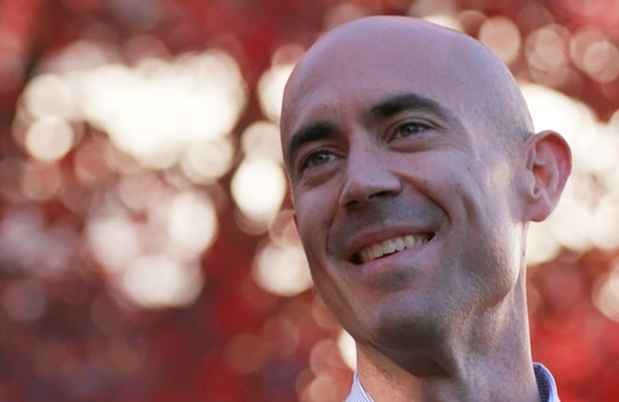I can remember hearing about McLean Hospital even as a young child. My great grandfather, grandfather, and father were born and raised in Belmont. In the 1800s, my great grandfather built a strong business here on his farm as the town blacksmith. The shop and barn were less than a half mile from McLean. He and his three brothers had tales from their youth of cutting through the grounds to get to their caddying jobs at Belmont Country Club and being warned by the Belmont police on occasions when “hospital wardens” reported them. They also stole apples from the large orchards (which were acres and acres at that time), chased cows to the barn (which was later “the garage” and is now the beautiful building housing several condos across from Hill Cottage), and sassed the staff and patients playing tennis on the tennis courts (located somewhere near Mailman Research Center).
When I was little and visiting my grandparents, my dad always took my sister and me for walks to McLean to feed the pigs, whose sty was near the barn. We’d walk on the paths and identify trees and often find our own apples. It was a beautiful spot and depending on the weather, we’d roll or sled down the sloped lawn at Upham Bowl.
Later, when I was about twelve, my best friend, Carol, and I would come to McLean to visit her mother, who was head nurse on Codman House. We would be invited to employee picnics, family day, and craft fairs. We would go to the patient canteen in the basement of the Centre Building for ice cream floats and other treats (the area now houses the child care center). Once, her mom brought us onto Codman House for lunch. With its white linen, beautiful silver, and china, it was quite lovely. Much later, from 1965-1968, Carol and I both attended Children’s Hospital Medical Center as nursing students, and for our three-month psychiatric education, we were placed at McLean Hospital.
As students, we were moved into Higginson House, the dorm for all affiliating hospitals. Higginson House’s living room was beautifully appointed and had a wall of French doors overlooking the woods. Here, we participated in the daily three o’clock teas. The house-mothers and nursing educators poured from the silver tea service, served cookies, and mingled with students who were either going on duty or coming off an earlier shift. With us were students from McLean School of Nursing, MGH, and the old Peter Bent Brigham Hospital. It’s interesting how all of these hospitals would later come under the umbrella of Partners HealthCare.

My unit assignment was East House, known as the maximum security women’s unit. Unlike the Codman House of my childhood, there was no fine furniture, paintings, Oriental rugs, or drapes. The hall looked quite barren: games, books, and art supplies were locked away. It was heavily staffed with mental health workers, who read to patients, took walks, and engaged in activities or quiet talks. There was much to learn: how to diffuse patients, manage emergencies, and use restraints as a last resort. One technique that was discontinued soon after I arrived was the “application of cold wet packs.” This procedure was used when certain patients became very agitated, acted out, or were suicidal. In a special “tub room,” many sheets were soaked in icy water and then wrapped around the patient almost in papoose fashion, with each limb separately wrapped. The goal was to prevent any skin from touching another skin surface. A warm blanket would then be placed over the “mummified” person on the stretcher and belted. A “special” was always assigned and for every patient I sat with, the calming effects from the slow warming led to complete relaxation and usually sleep, which was very restorative.
My “case study” patient was Ruth W., a 34-year-old mother of three girls who was diagnosed with catatonia. I struggled to relate to her, but had a tough time. Finally, in addition to giving her full nursing care, doing passive exercises, and feeding her, I began to relax enough to try to engage her in activities. I decided to bring in music, read books to her, and talk about motherhood and fashion—subjects her husband told me interested her. She was quiet, acted exhausted, and seemed totally uninterested in life and at some point I accepted where she was. I told her she was safe, that I was there for three months on the unit, and that “I would sit with her and just let her be” or be available if she wanted to talk.
The clinical nursing supervisor for East House was Marguerite Conrad. Marguerite lived upstairs in an elegantly appointed apartment on East House III. She was studying for her doctorate at BU, which totally impressed and inspired me. She was always beautifully dressed, well-informed and eloquent, as she met with her students on East House for weekly supervision. We all learned so much from her, especially empathy. Whenever the Marguerite Conrad Award is presented here at McLean, I realize how much of my career and life was influenced by her.
After graduating from Children’s School of Nursing and working in recovery room nursing in St. Louis, medsurg nursing in Florida, maternity in Springfield, Massachusetts, and pediatrics in New Bedford, I was again living in Belmont in 1974. The good feelings that I had over many years about McLean came flooding back. When I called the hospital to inquire about part-time positions, I was shocked to hear that they only hired for full-time nurse positions. I called the Director of Nursing directly because I was so astounded. She made it very clear that the nursing philosophy supported the nurse-patient relationship so strongly that they wanted each patient to be assured of the best consistency of care. I expressed my disappointment and surprise.
About three weeks later, Human Resources called me about a research nurse position on an alcohol and drug research unit in Oaks Building. Subjects were admitted for four-week stays as staff studied the effects of medications on drinking habits. I learned how to draw blood (every shift!), administer alcohol as a medication—the nursing care at that time of severely inebriated subjects—and how to diffuse the anger of young males. I also learned how important teamwork and collaboration are on locked research units where tempers rose quickly. A mother of two preschoolers, I learned a lot of “bad” words and how to separate my job from family life. This unit closed and I became involved in a new research trial on Bowditch II, where Nancy Valentine was the clinical supervisor. I did not miss Oaks or my experiences there.
Nancy was an enthusiastic manager and through supervision helped me and others view our subjects more clinically. She educated us about addiction, the research mission, nursing protocols, and psychodynamics. She just totally sparked my interest. Bowditch II was studying heroin-addicted subjects to test the effectiveness of a narcotic-blocking drug. The study involved administering naltrexone to subjects who were randomized in a double-blind trial. Once the four men had been on naltrexone or a placebo, they had the opportunity to “purchase” government-issued heroin with points earned on the unit. The heroin was delivered directly to the McLean pharmacy by a courier from the National Institutes of Health in Washington. It was labeled at the pharmacy and the courier, accompanied by McLean security, brought it to the unit nurse for sign-off. It was all very hush-hush, I felt like I was in a spy movie! Administering IV heroin was interesting. After practicing with saline, the other nurses and I felt somewhat more prepared. On day 15 of the trial, I had my first request by a subject for a PRN dose. I followed the medication policy and brought the filled syringe, the alcohol wipe, and tourniquet on a tray to the subject. I was a very professional and prim and proper nurse. I was pretty shattered when the subject grabbed the syringe, ignored the alcohol pad and tourniquet, and whipped his own belt off and found his vein in less than 15 seconds! I was very proud, many years later, to help write the Suboxone protocol. But at the time, although the research was fascinating, I knew that was not even close to where my heart lay.
Media Requests
Journalist or member of the media? We are available 24/7 for media requests.



